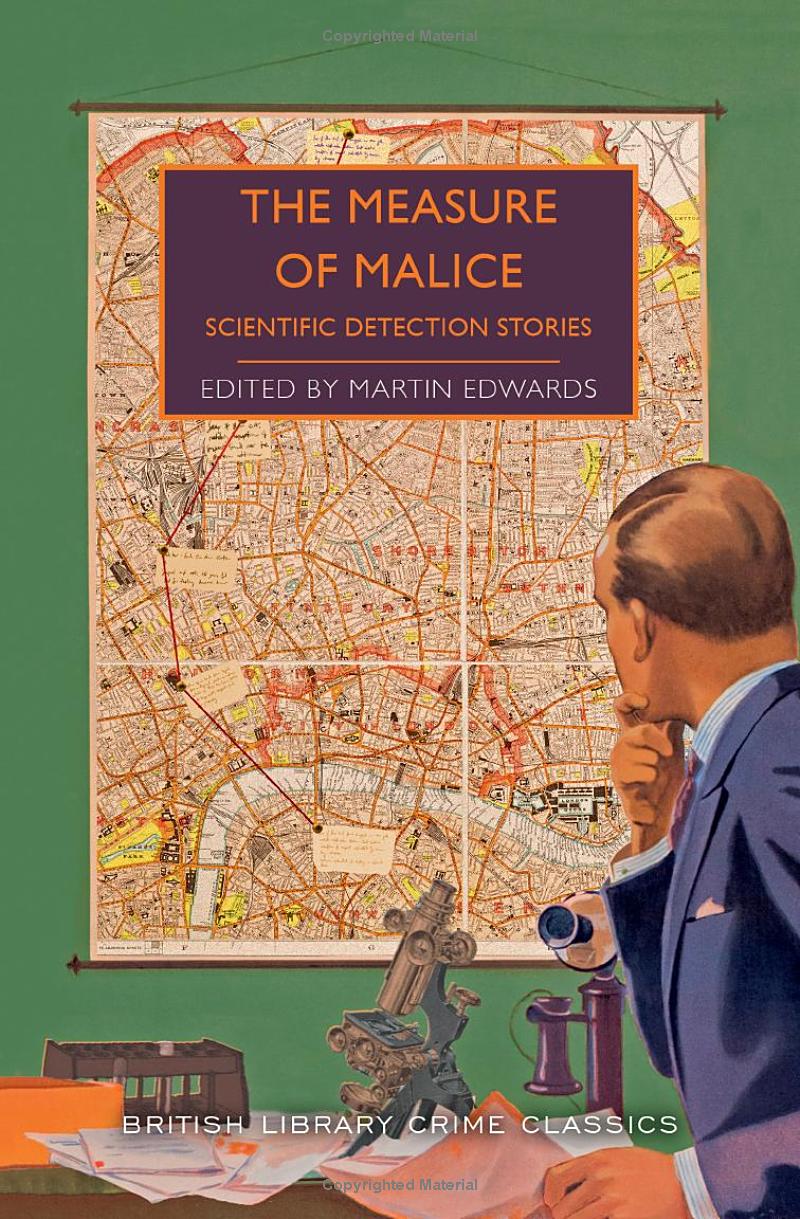The Measure of Malice
""...accessible, enjoyable, and satisfying." "
Synopsis:
There are fourteen short detective stories featured in this book, all with a common theme - the solutions to the crime involve the detectives (mostly amateur) having scientific, medical or technical knowledge. Not all date from the early years of the 20th century - those years we now call the 'golden age of crime writing' - but most do. Being short stories, they are all simply told, and centre round one puzzling murder, which makes for a short, satisfying read. The esoteric knowledge used to solve the murders range from identifying cremated bones, the habits of bees, the properties of acids, and forensic dentistry. Some well-known writers are featured here, such as Dorothy L. Sayers, Edmund Crispin, Arthur Conan Doyle and Freeman Wills Crofts. But some stories are by writers who have been long forgotten, and should be due for a revival.

Purchase the book from Amazon.
Review:
'The Measure of Malice' is published by the British Library in its series 'British Library Crime Classics'. Martin Edwards must have an encyclopaedic knowledge of past crime writers to have chosen such an eclectic mix. There are no great literary pretensions in any of the tales - the puzzle (and solving it) is the important thing. One thing that stands out in most of the stories is their location. Today, there is hardly an area in the UK that isn't the setting for a crime series. Here, all are either in London or the Home Counties. And in most of the stories, families - even those living in unpretentious bungalows - seem to have maids on hand to provide the detective with valuable clues. The writing in all of them is simple and direct. Characters aren't complex, and there are few red herrings. Clues are presented fairly, though sometimes the technical knowledge on which the solution depends will be beyond the ken of the average reader. This book is one that should be dipped into, rather than read from cover to cover in one sitting. And for this reason it is accessible, enjoyable, and satisfying.
